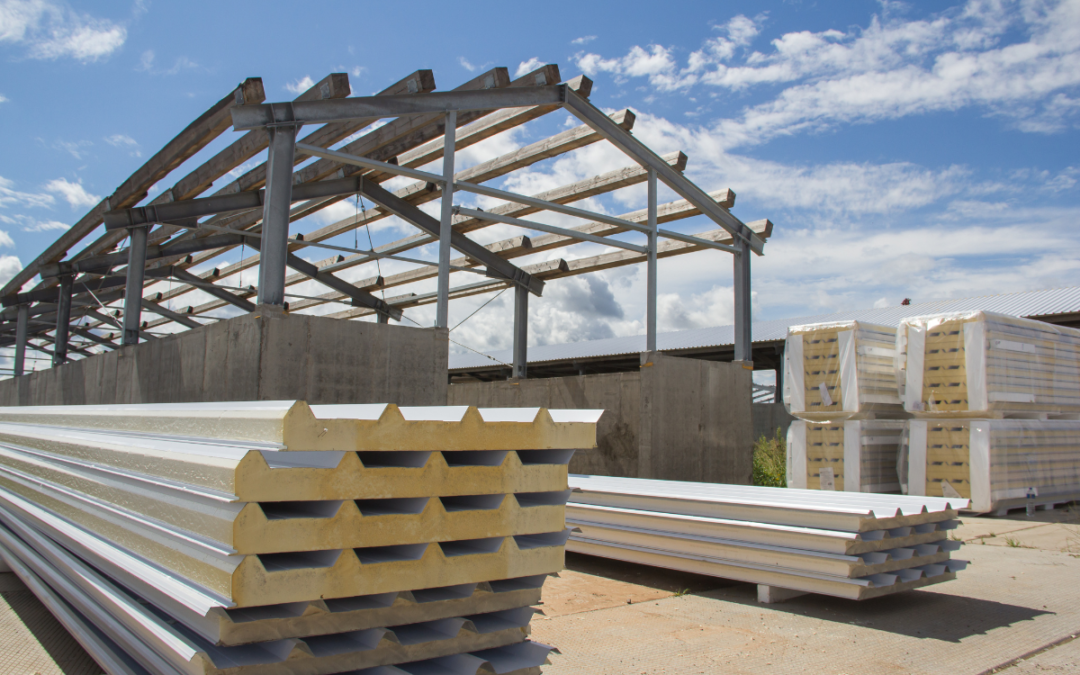In this blog, we will guide you through the process of selecting the right materials for your construction project, taking into consideration factors such as budget, functionality, and sustainability. 1. Define Your Project Requirements: Before diving into the selection process, it is essential to clearly define your project requirements.
Researching and Comparing Materials for Construction Projects
Consider factors such as the purpose of the structure, the expected lifespan, the environmental conditions, and any specific regulations or codes that need to be followed. This will help you narrow down your options and make informed decisions. 2. Research and Compare Materials: Once you have a clear understanding of your project requirements, it’s time to research and compare different materials.
Choosing Durable and Resilient Materials: Expert Advice and Considerations
Look for materials that are known for their durability, strength, and resistance to environmental factors such as moisture, heat, or corrosion. Consider the pros and cons of each material and how they align with your project goals. 3. Seek Expert Advice: Consulting with experts in the field can provide valuable insights and help you make informed decisions. Architects, engineers, and construction professionals can offer guidance based on their experience and knowledge.
Balancing Quality and Budget: Choosing the Right Materials for Your Construction Project
They can help you understand the technical aspects of different materials and recommend the most suitable options for your project. 4. Consider Budget Constraints: Budget is a significant factor in any construction project. When embarking on any project, it is crucial to prioritize the selection of high-quality materials. However, it is equally imperative to ensure that these materials align with your budgetary constraints.
Striking a Balance: The Importance of Researching Material Costs and Suppliers
To achieve this balance, conducting thorough research on the cost of different materials and comparing prices from various suppliers becomes paramount. By dedicating time to this process, you can make informed decisions that not only meet your quality standards but also align with your financial limitations. Keep in mind that investing in durable and long-lasting materials may save you money in the long run by reducing maintenance and repair costs. 5.
Evaluating Sustainability in Construction Materials
Evaluate Sustainability: In today’s environmentally conscious world, considering the sustainability of construction materials is crucial. Look for materials that are eco-friendly, energy-efficient, and have a low carbon footprint. Sustainable materials not only contribute to a greener future but also enhance the overall value of your project. 6.
Ensuring Quality and Suitability: The Importance of Testing and Inspection
Test and Inspect: Before finalizing your material selection, it is advisable to conduct tests and inspections to ensure their quality and suitability for your project. This may involve conducting strength tests, checking for compliance with building codes, or seeking third-party certifications. Taking these steps will help you avoid potential issues and ensure the longevity of your construction. 7.
Importance of Material Selection and Maintenance in Construction Projects
Plan for Future Maintenance: Lastly, consider the maintenance requirements of the chosen materials. Some materials may require regular upkeep, while others may be low-maintenance. Assess the long-term maintenance costs and factor them into your decision-making process. Conclusion: Choosing the right materials for your construction project is a critical step that can significantly impact its success.
Making Informed Decisions for a Durable, Safe, and Sustainable Structure: A Guide to Selecting the Right Materials
By defining your project requirements, researching and comparing materials, seeking expert advice, considering budget constraints, evaluating sustainability, testing and inspecting, and planning for future maintenance, you can make informed decisions that will result in a durable, safe, and sustainable structure. Remember, investing time and effort in selecting the right materials will pay off in the long run.
